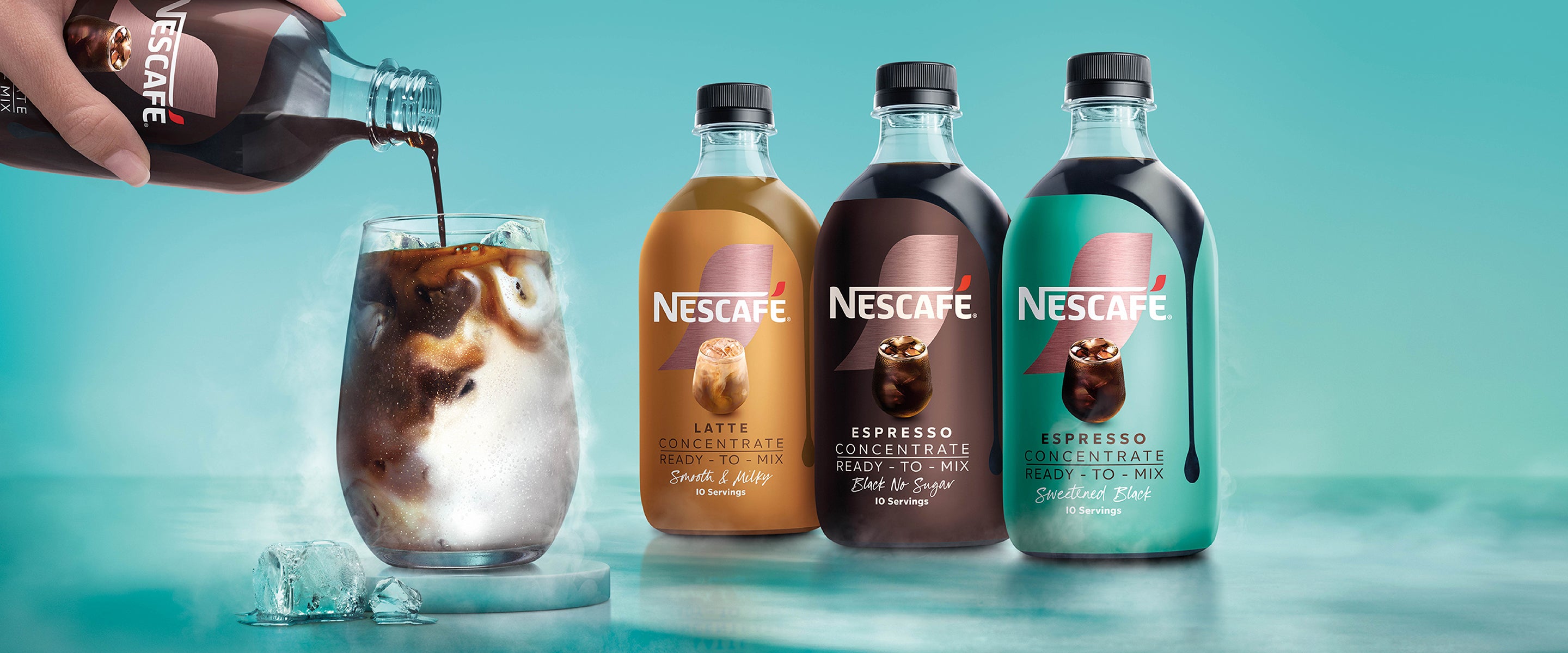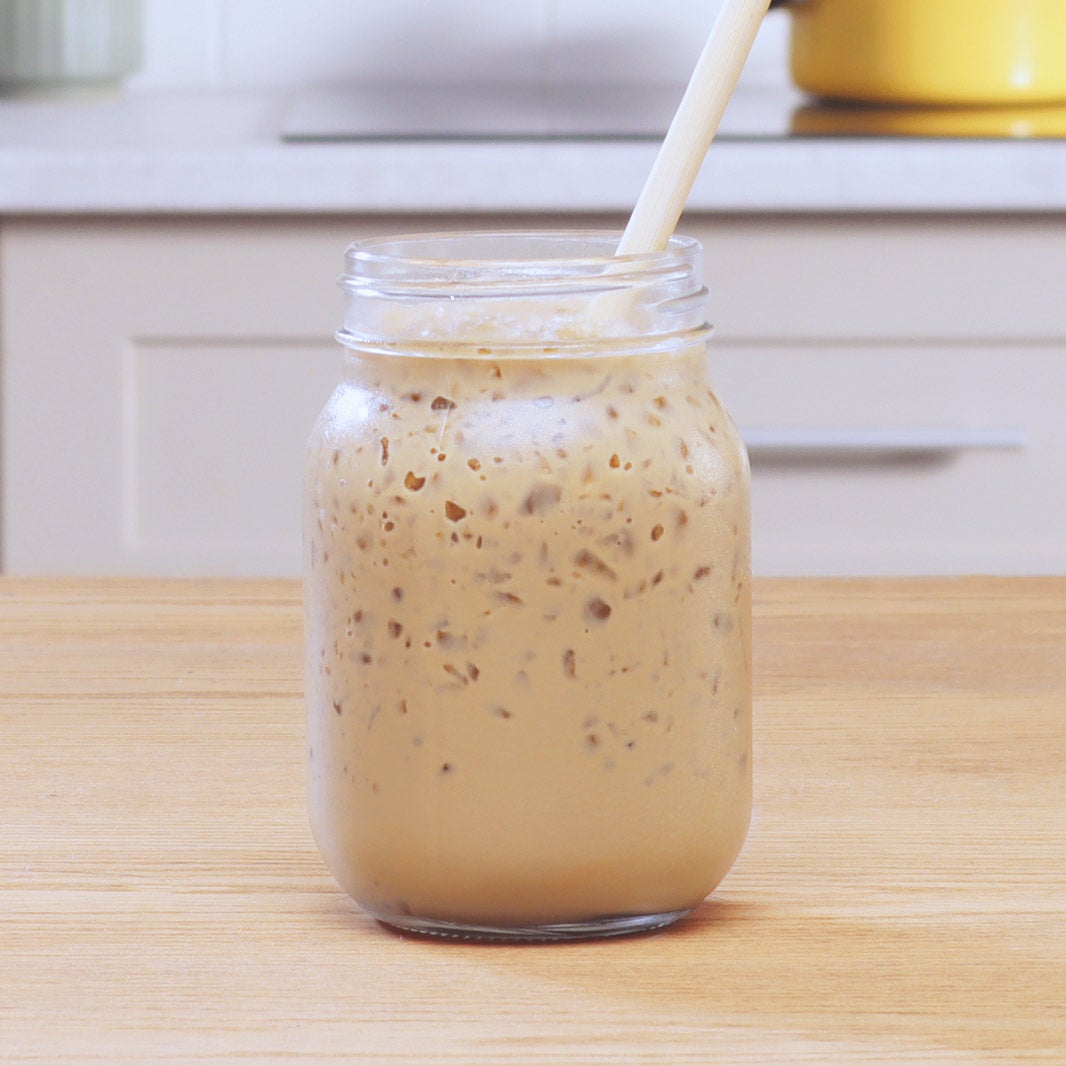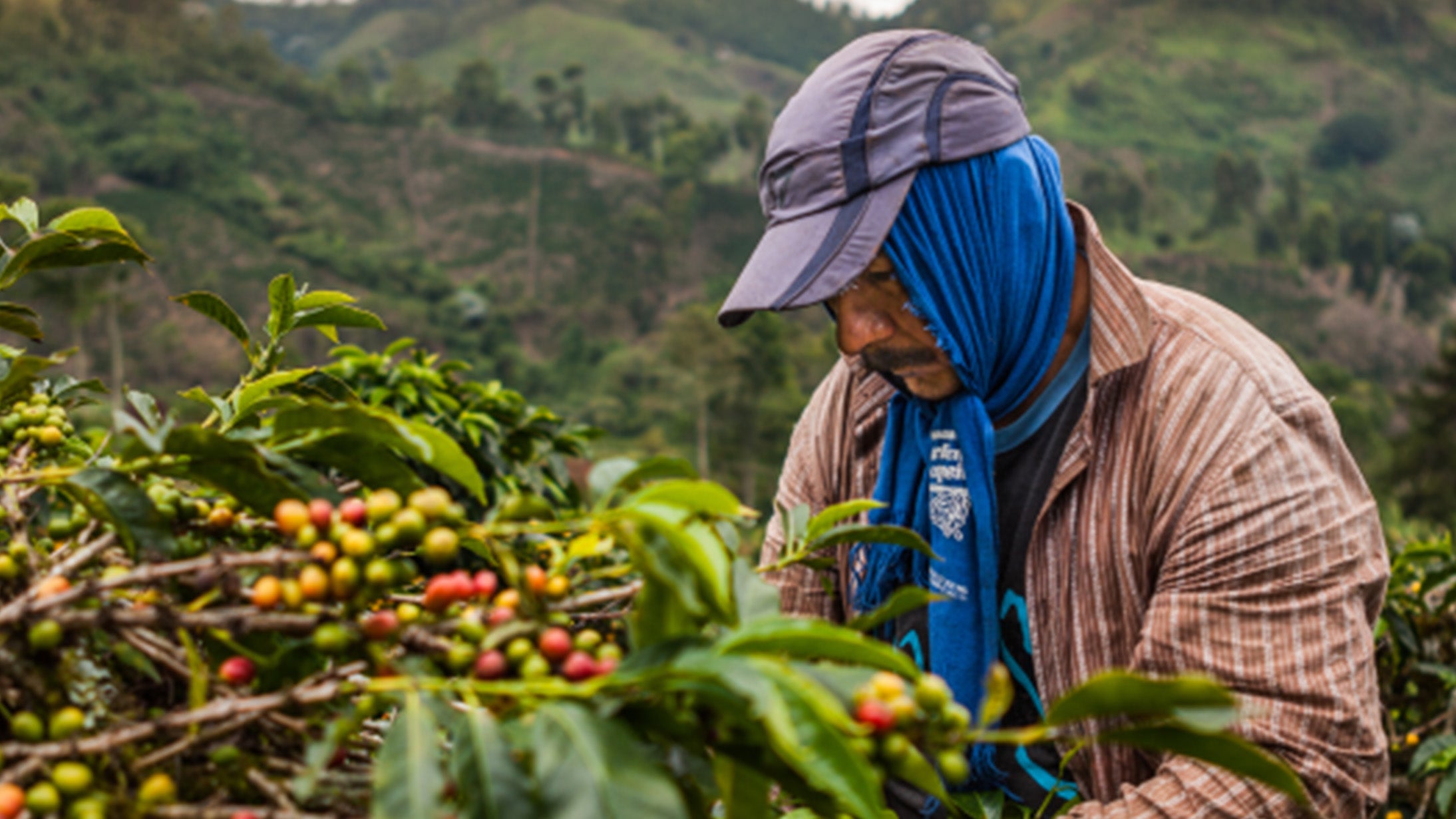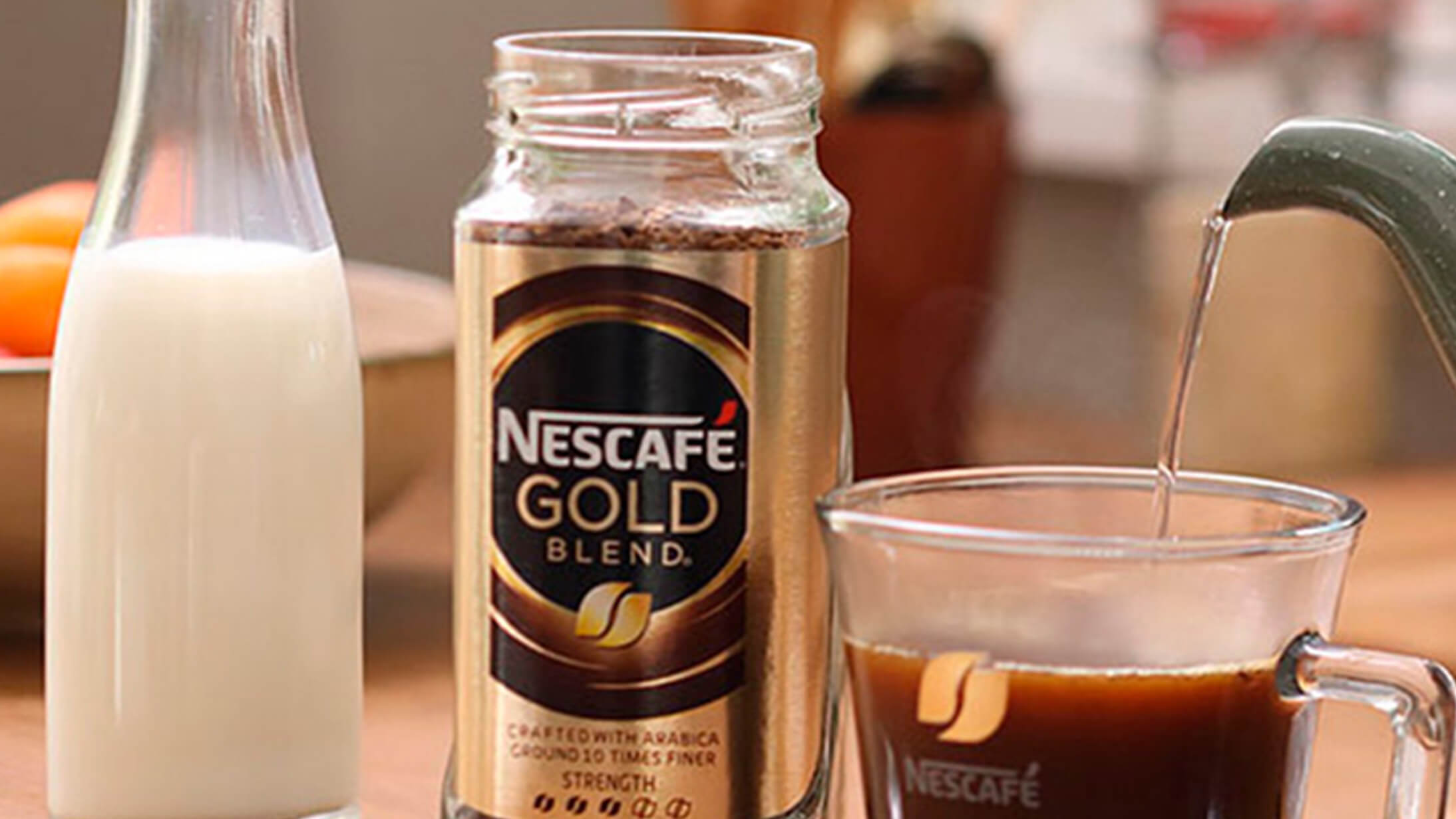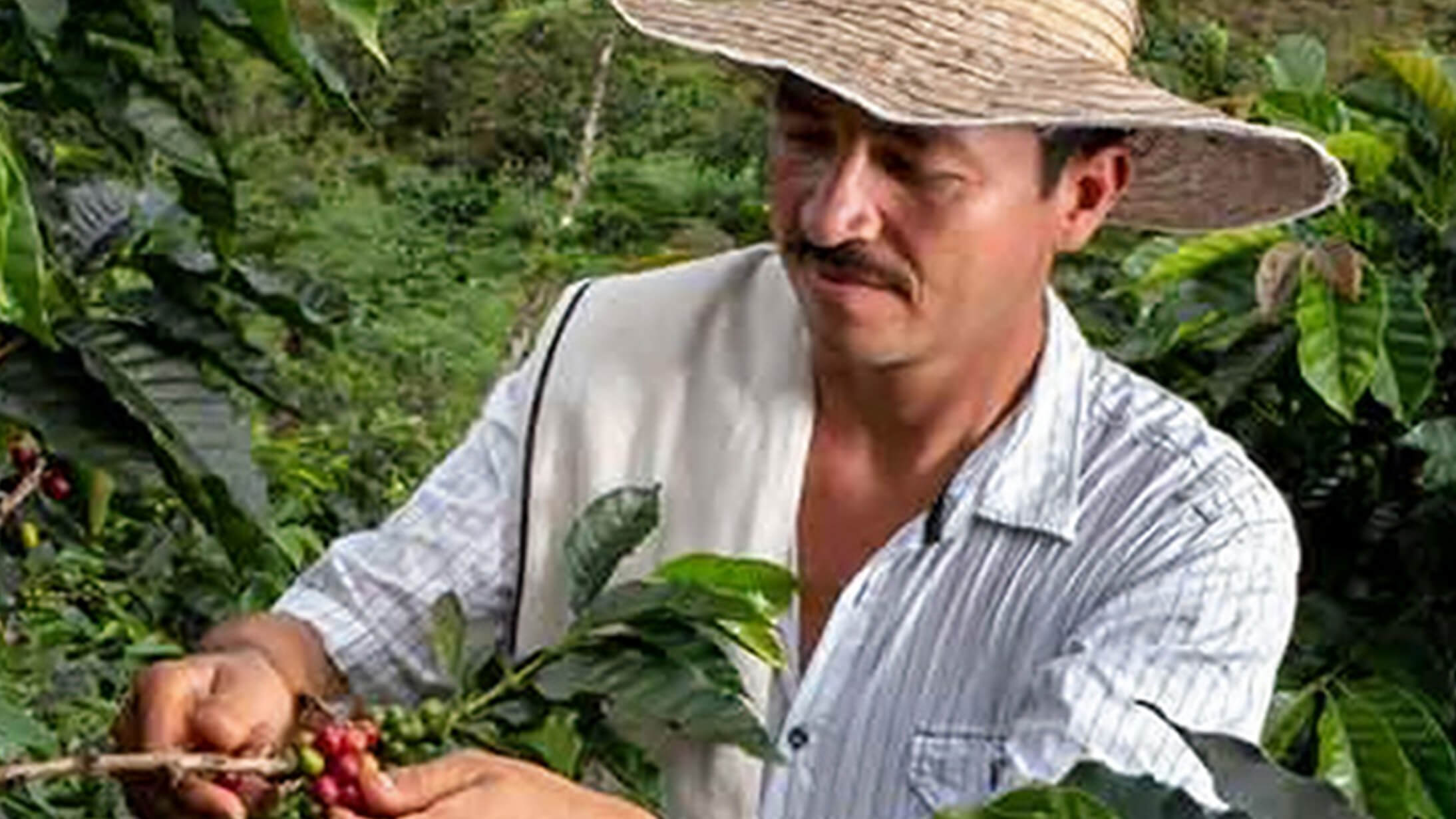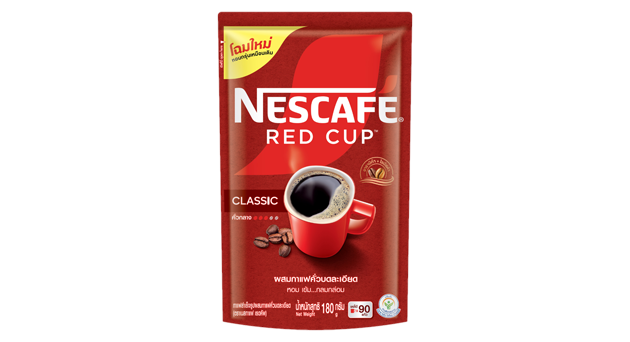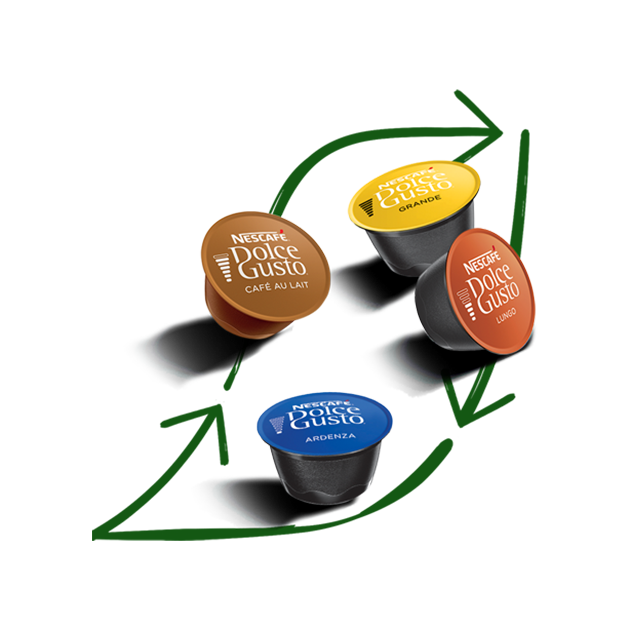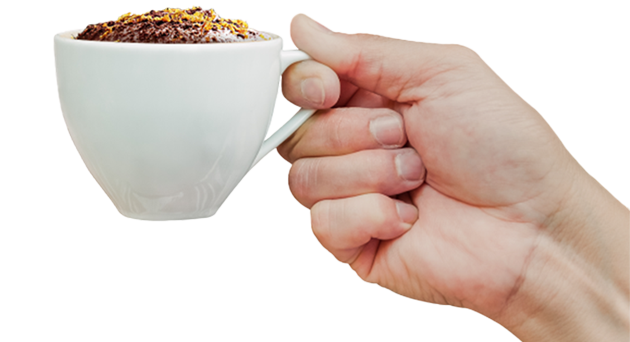Trending
Trying to save your favourites? Log in, or create an account.


At NESCAFÉ® we believe every cup of coffee has the power to make your world better. Join us to help make a difference and discover how rewarding it can be.
See the difference we make from bean to cup
Your NESCAFÉ® today
We believe everyone deserves a great cup of coffee - and that starts with making better choices for the world we live in. For us, that means using our global scale to make a real difference - and unlock the true power of coffee.
NESCAFÉ® Product Guide
Good Morning
Good Afternoon
Good Evening
Good Night
We've got a wide range of products, so let's find the right NESCAFÉ® for you.

